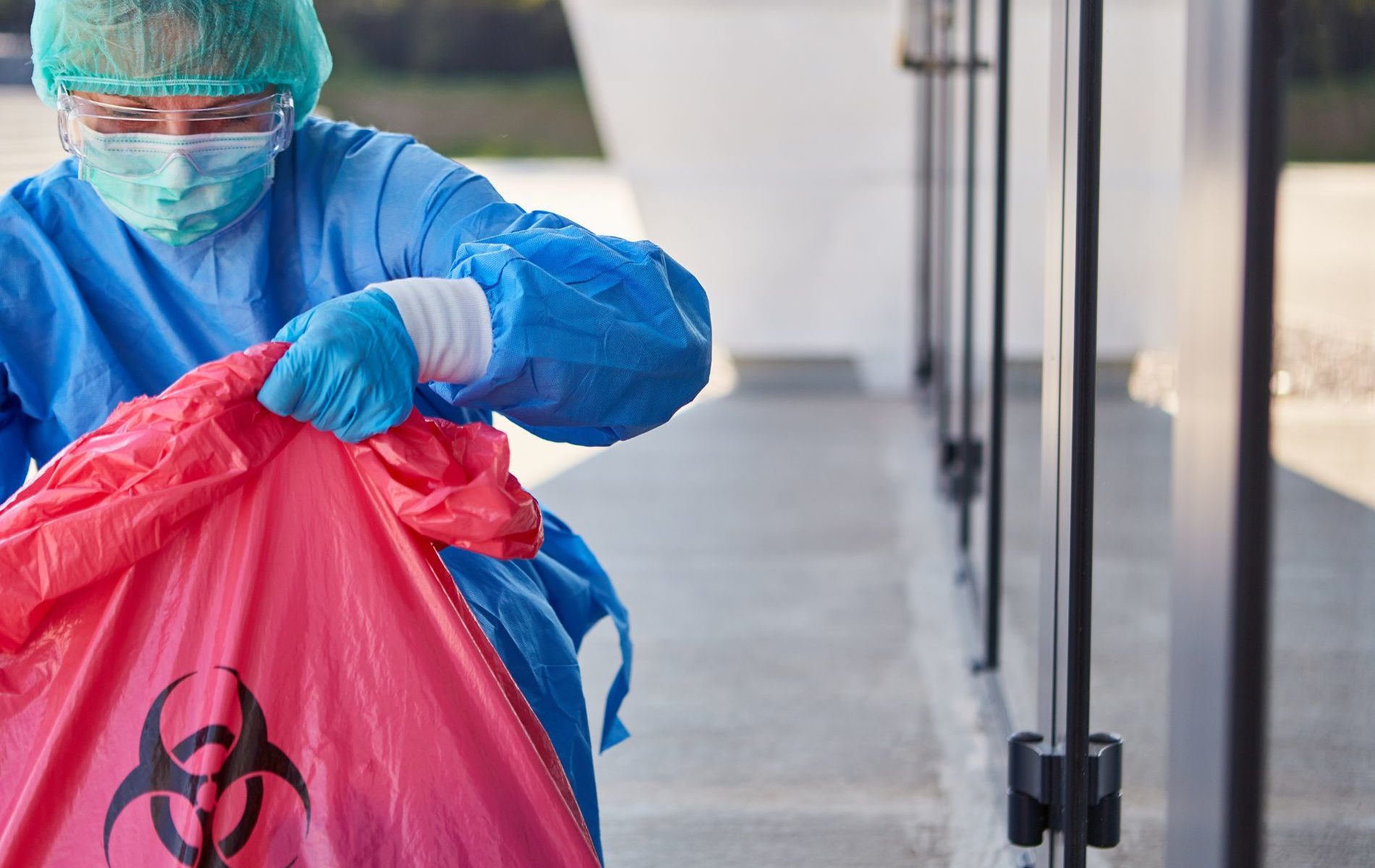The Buzz on Reclaim Waste
The Buzz on Reclaim Waste
Blog Article
The Main Principles Of Reclaim Waste
Table of ContentsWhat Does Reclaim Waste Do?The Of Reclaim WasteOur Reclaim Waste PDFsGet This Report on Reclaim WasteLittle Known Questions About Reclaim Waste.
Residential sewage waste refers to the waste and products from a residential septic tank. The appropriate monitoring and disposal of residential sewage waste call for liquid waste to be transferred to a sewer treatment plant where the proper techniques and equipment are used to detoxify and dispose of waste.
Business waste frequently consists of possible hazards, such as combustible products or a combination of liquid and strong waste products, and requires a much more advanced and thorough disposal process. The disposal of commercial waste normally involves the purification of waste prior to transport to make certain secure and appropriate disposal. Industrial waste is developed from byproducts and overflow of industrial procedures and production.
This sort of waste can not make use of the exact same sewage management transportation or procedures as septic or commercial fluids. The industrial waste monitoring procedure calls for the inspection and testing of liquid waste before it undergoes the disposal procedure (liquid waste disposal). Drainage waste is the fluid waste that comes from runoff and excess stormwater in highly inhabited areas or cities
Overflow waste can trigger contamination and flooding if not managed correctly. Making sure appropriate waste management can avoid disasters and reduce ecological damage.
Reclaim Waste Can Be Fun For Everyone
Get in touch with PROS Services today to discover concerning our waste management and disposal services and the proper means to care for the fluid waste you generate.
(https://padlet.com/leonaube33101/reclaim-waste-hw71hge954tsaxnp)Do you know what happens to your water when you end, flush the commode or drain the cleaning maker? No? Well, it's worth recognizing. This supposed 'wastewater' is not just a crucial source however, after therapy, will be released to our land, waterways or the ocean. Utilized water from commodes, showers, bathrooms, kitchen sinks, washings and commercial processes is referred to as wastewater.

water utilized to cool down machinery or clean plant and tools). Stormwater, a form of wastewater, is overflow that flows from agricultural and urban locations such as roofs, parks, gardens, roadways, paths and gutters right into stormwater drains, after rain. Stormwater streams without treatment straight to local creeks or rivers, eventually getting to the ocean.
The 15-Second Trick For Reclaim Waste
In Queensland, the majority of wastewater is treated at sewage treatment plants. Wastewater is moved from domestic or industrial sites via a system of sewers and pump stations, called sewerage reticulation, to a sewage treatment plant. Regional federal governments build, maintain and run most sewage therapy plants. Operators are licensed under the Environmental Management Act 1994 to discharge cured wastewater at an appropriate environmental requirement right into waterways.
The Department of Natural Resources suggests regional governments about managing, operating and preserving sewage systems and treatment pop over to this site plants. In unsewered areas, city governments may require householders to install private or home sewer treatment systems to deal with domestic wastewater from toilets, kitchen areas, bathrooms and washings. The Department of Natural Resources authorizes the usage of home systems when they are verified to be efficient.
In some new neighborhoods, therapy of some stormwater to eliminate litter, sand and crushed rock has actually started utilizing gross toxin catches. Wastewater therapy takes place in 4 stages: Removes strong issue.
Uses little living organisms understands as micro-organisms to break down and eliminate continuing to be dissolved wastes and fine fragments. Micro-organisms and wastes are integrated in the sludge.
Little Known Facts About Reclaim Waste.
Nutrient removal is not readily available at all sewage therapy plants due to the fact that it calls for costly specialist devices. Clear liquid effluent produced after therapy might still have disease-causing micro-organisms - liquid waste removal melbourne.

This normally indicates wastewater has to be dealt with or impurities gotten rid of before it can be released to rivers. Many wastewater flows right into the sewerage system. Under the Act, local federal governments provide authorizations and permits for eco pertinent activities (Periods) including wastewater releases that might have a regional effect. The division provides authorizations and permits to Periods involving wastewater launches that could have a regional or statewide effect.
Top Guidelines Of Reclaim Waste
Or else, samples are considered laboratory analysis. Usually numerous examinations are required to establish the degrees of each of the various pollutants such as oils, hefty metals and chemicals in water. Surveillance provides factual info regarding water quality and can validate that licence conditions are being satisfied. The info obtained via monitoring provides the basis for making water quality choices.
Report this page